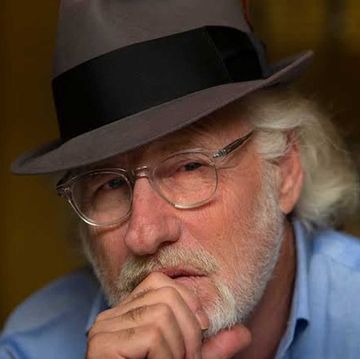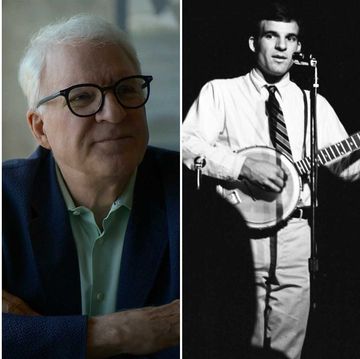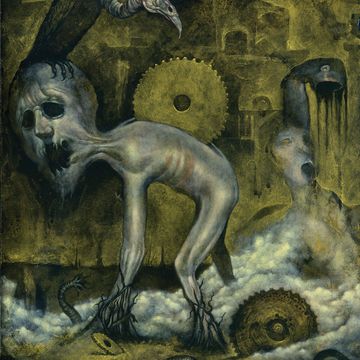I was in my fourth year of architecture school at the University of Southern California, in 2004, when I finally visited Case Study House #22, also known as the Stahl House. Although the home’s architect, Pierre Koenig, had passed away earlier that year, I’d attended one of his final lectures at USC a few years prior.
In that talk, he spoke about how the Hollywood Hills house became a mid-century modern icon. It started with an open-minded member of the Stahl family who took a chance and entrusted the then-young architect with devising a novel solution for the challenging hillside site. That was followed by an unforgettable image of the house hovering over Los Angeles, taken by architectural photographer Julius Shulman not long after the structure was completed in 1960.
This article appears in Issue 24 of Alta Journal.
SUBSCRIBE
Shulman’s photo, which was published in Arts & Architecture magazine and the Los Angeles Examiner, propelled the house to international fame, and since then, the property has been featured in many films, television shows, and music videos. But beneath the glitz and glamour lies an otherwise earnest study in mid-century domestic living. While the site affords stunning panoramic views of the L.A. Basin, the house itself is a modest single-story, two-bedroom, two-bathroom residence laid out in the shape of an L around an appropriately proportioned swimming pool and patio.
The genius of Koenig’s design rests in the clarity of the floor plan and the unique use of steel, glass, and concrete for the structure and enclosure. By employing steel for the frame, Koenig was able to use sliding glass walls for the exterior, blurring the line between indoor and outdoor spaces.
When I first set foot on the property and looked at the view, what struck me, almost counterintuitively, was how connected the house felt to the city. It could have been a detached fortress on a hill, but the strong horizontal lines of the exposed steel beams unify the home with the relentless Cartesian street grid below. Standing in the living room—the star of Shulman’s iconic photograph—and feeling that deep connection with Los Angeles, and the city’s architectural legacy, was a transcendent experience I hope to never forget. •
Adam Mayer is a California architect and writer based in the San Francisco Bay Area. He is the owner of the boutique residential architecture and interiors practice Studio-AMA, which he founded in 2022.













